http://edition.cnn.com/2017/12/22/europe/london-crossrail-elizabeth-line-property-prices-one-square-meter/index.html
The impact of the Elizabeth Line on London house prices
By Jim Boulden
Updated 0021 GMT (0821 HKT) December 25, 2017
Story highlights
- The Elizabeth Line will open in December 2018.
- Brexit uncertainty has resulted in a 2% drop in house prices.
- House prices near Crossrail stations grew by 39% in three years.
(CNN)December 2017 marks one year before Elizabeth Line trains start to whisk commuters under London's streets.
But the line is already having an impact on the London property market -- triggering a spike in house prices near the stations, slashing commute times and opening new residential areas for commuters.
Royal Purple
The $20 billion Elizabeth Line -- called Crossrail while it's still under construction -- will be named in honor of the UK's Queen Elizabeth II. It will add a rather regal shade of purple to the red, yellow, green and blue-colored lines on London's famous Tube map, and a much-needed 10% expansion to central London's transport capacity.
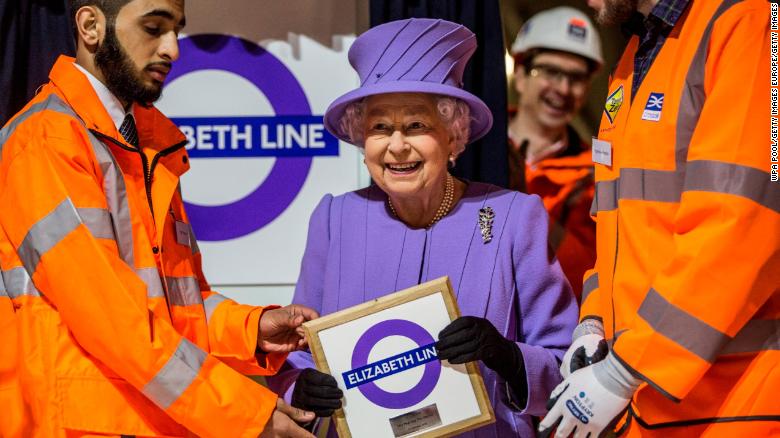
The Elizabeth Line was named in honor of the UK's Queen Elizabeth II.
The Elizabeth Line will open in stages over the course of a year, with the entire line due to be operational by December 2019. Trains will run from Reading, west of London, and Heathrow Airport, before descending underground into tunnels, with stops at well-known London locations including Paddington Station, Bond Street and Liverpool Street Station. From central London, the trains will continue eastwards, passing through Canary Wharf, with its cluster of skyscrapers, and heading out to stations deep in the county of Essex -- a total journey of over 60 miles.
The line will contain 41 stations, ten of which will be brand new. And it will cut some journey times significantly: A trip from Paddington to Liverpool Street will fall from 23 minutes to 10 minutes.
The Crossrail "Bump"
Although it's not yet open, the Elizabeth Line has already led to significant "Crossrail effects" on London property.
In 2012, a study commissioned by Crossrail stated that by 2021 residential real estate prices around new stations were predicted to rise 25% more than the average price rise in central London, and 20% higher than rises in the suburbs.
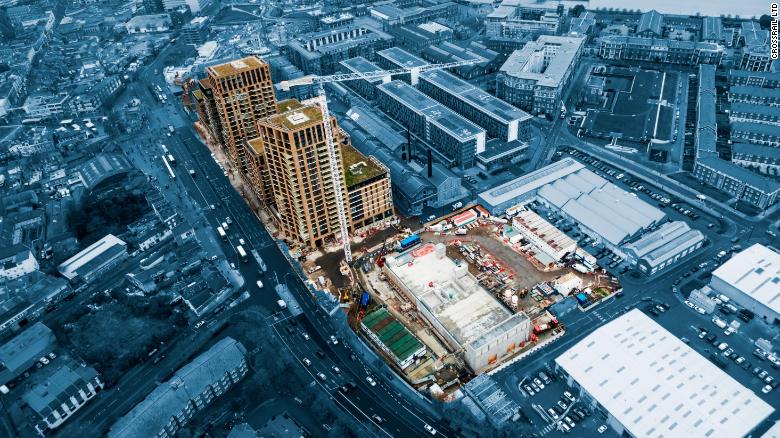
An aerial view of the new Woolwich Station.
A report by Lloyds Bank supports this bold claim. Reporting that the average house price close to new Crossrail stations grew by 39% over the past three years, compared to a 23% increase in surrounding areas.
The upcoming Crossrail stations have also transformed the reputations of some London areas that were historically seen as unfashionable. West Ealing, Woolwich and Whitechapel have seen prices doubling since 2007, according to online property portal eMoov. It's stating access to new Elizabeth line stations as the main reason for the above-average growth.
"With a year to go before the Elizabeth line becomes operational, homes close to Crossrail stations are already reaping the benefits with average house prices outgrowing the surrounding areas," said Andrew Mason, Lloyds Bank mortgage products director.
Commuters rejoice
Transport for London (which will operate the Elizabeth Line) also stresses the reach of the new line. It claims that the extension of faster rail services will result in 1.5 million more people living within 45 minutes of central London.
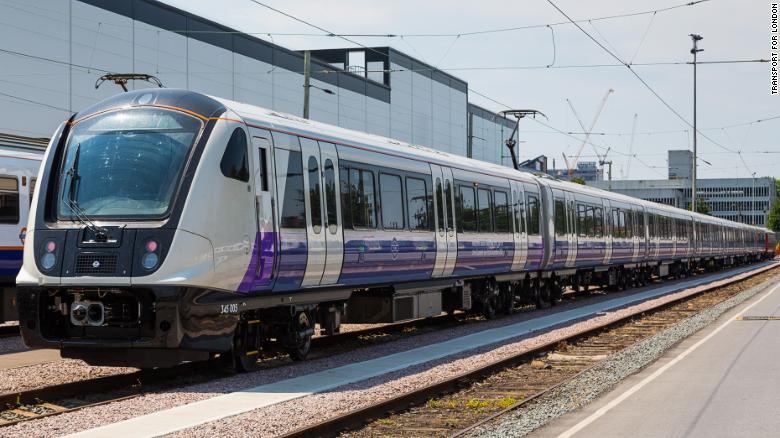
The line is expected to be completely operational in December 2019.
Houses located near train stations in central London are very expensive. Many first-time buyers have opted to purchase lower-priced properties in counties to the far east and west of the Elizabeth Line to secure access to stations.
Reading and Swindon west of the capital and Colchester and Gravesend in the east are being touted as benefiting from a shorter commute.
The Brexit blip
However, for buyers, investors and speculators, property in London might not be the attractive proposition it once seemed.
Uncertainty surrounding Brexit, coupled with a change in tax laws and a hike in the interest rate, has led to a marked slowdown in transactions.
In September, mortgage lender The Nationwide reported that London house prices fell for the first time in eight years.
While house prices around Crossrail stations have risen 80% (3% more than the average London increase) in the past decade, Brexit has resulted in a 2% drop since May, according to eMoov.
Investors now must judge whether the "Crossrail effect" is a big enough lure to weather the current storm. Estate agents, of course, say it's never too late to jump on the Elizabeth Line to higher property values.
- Paid Content
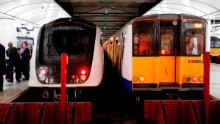
Photos:
Pictured left, the new, streamlined trains, compared to a current models, right.
Hide Caption
7 of 12

Photos:
These seven-carriage trains are just over 160 meters long.
Hide Caption
8 of 12

Photos:
The line was named in honor of the UK's Queen Elizabeth II.
Hide Caption
9 of 12
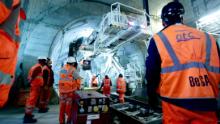
Photos:
There will be a total of 41 stations, including well-known London locations Paddington Station, Bond Street and Liverpool Street Station.
Hide Caption
10 of 12
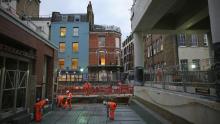
Photos:
Thirty stops of the 41 will be newly renovated and the line is expected to serve around 200 million people each year.
Hide Caption
11 of 12

Photos:
It will also cut some journey times significantly: a trip from Paddington to Liverpool Street will fall from 23 minutes to 10 minutes.
Hide Caption
12 of 12
沒有留言:
張貼留言